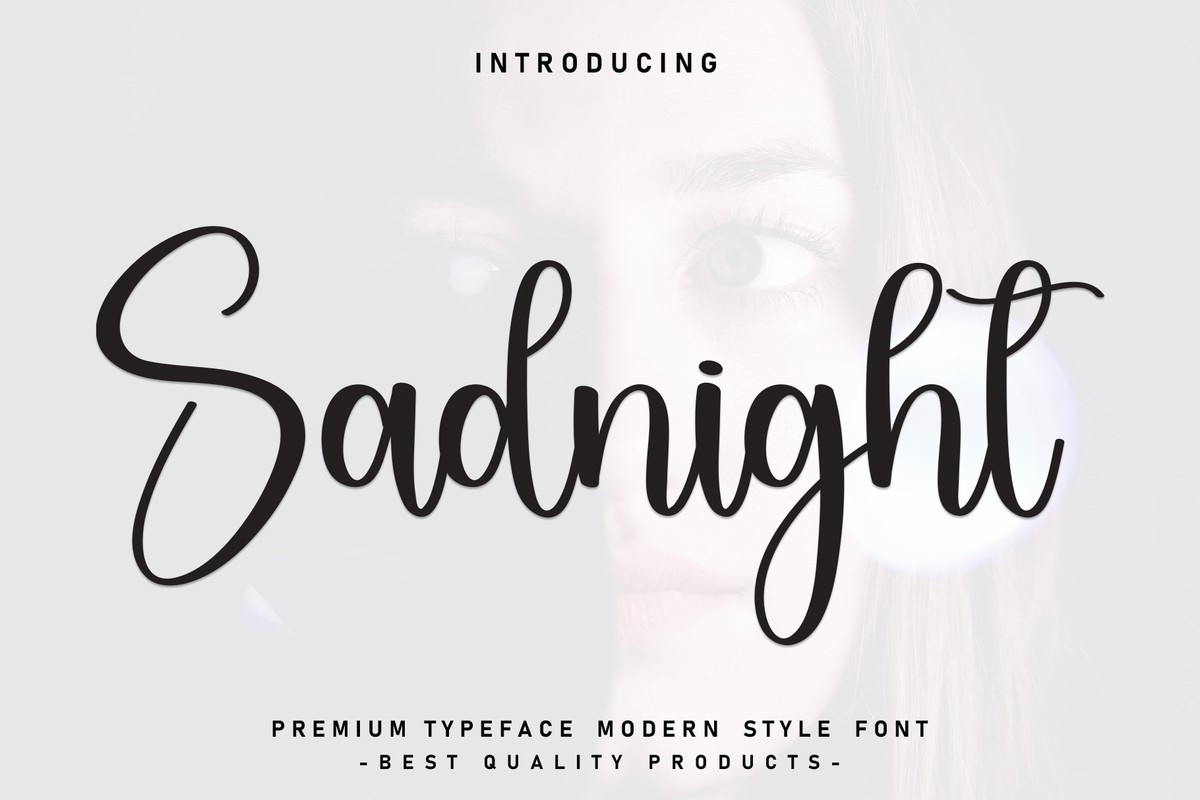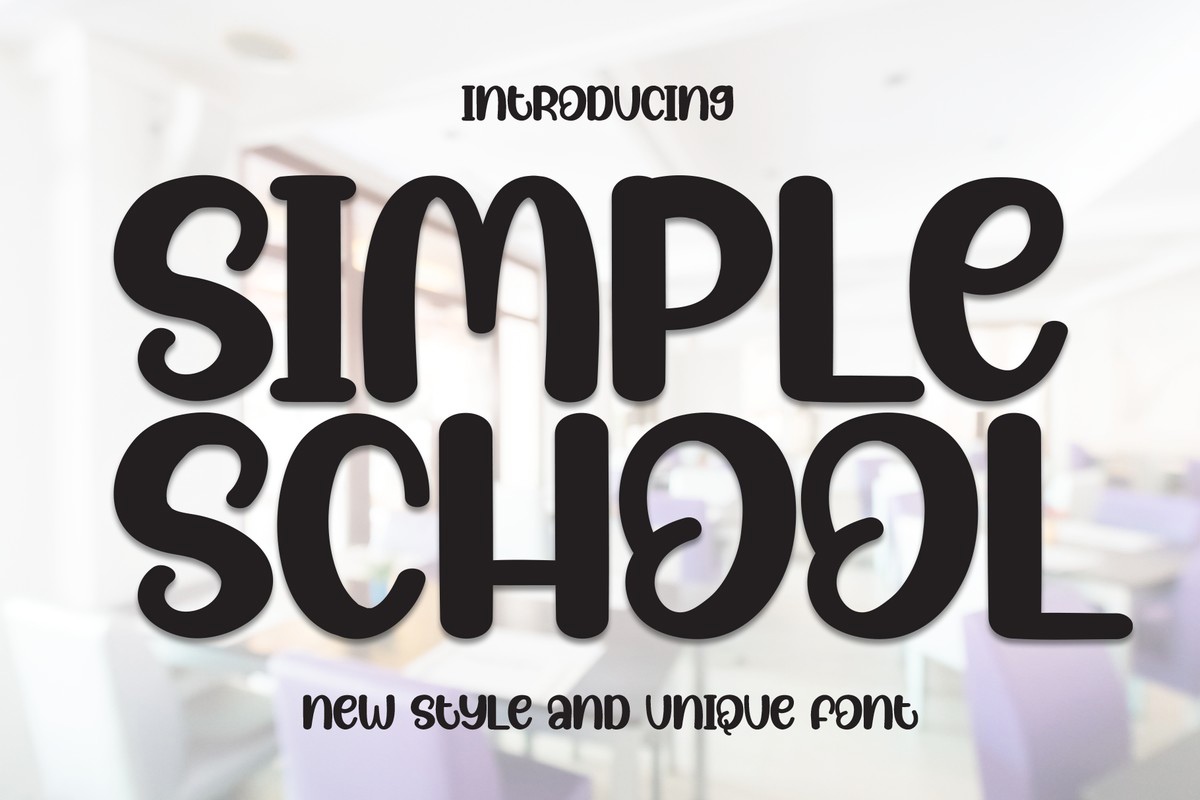Typography plays a crucial role in design, as it sets the tone and conveys the message of a visual composition. Fonts are constantly evolving, influenced by technology, cultural shifts, and creative exploration. In this article, we will dive into the exciting world of current font trends, highlighting the innovative and expressive typography that is shaping modern design.
Variable Fonts: One of the most significant advancements in recent years is the rise of variable fonts. These fonts offer a range of possibilities by allowing designers to adjust various parameters such as weight, width, and slant within a single font file. Variable fonts provide flexibility, scalability, and efficiency, making them ideal for responsive design across different devices and screen sizes.
Retro and Vintage Fonts: Nostalgia has a powerful influence on design, and retro and vintage fonts have made a comeback in a big way. Designers are embracing fonts inspired by the Art Deco era, the 1960s and 70s, and other nostalgic periods. These fonts evoke a sense of authenticity, capturing the essence of bygone eras while infusing contemporary projects with a touch of nostalgia.
Handwritten and Script Fonts: In an increasingly digital world, handwritten and script fonts offer a personal and human touch. These fonts emulate the fluidity and imperfections of handwritten text, adding warmth and personality to designs. Handwritten fonts are particularly popular in branding and packaging design, helping businesses convey a sense of authenticity and approachability.
Geometric and Minimalist Fonts: Clean lines, simple shapes, and geometric precision are all characteristics of minimalist fonts that have gained popularity in recent years. These fonts embrace simplicity, promoting clarity and readability. Often used in modern tech, fashion, and architecture-related designs, minimalist fonts contribute to a sleek and contemporary aesthetic.
Bold and Display Fonts: When designers want to make a statement or create impact, bold and display fonts come to the forefront. These fonts are characterized by their large letterforms, intricate details, and expressive nature. Display fonts are commonly used in headlines, posters, and branding materials to grab attention and leave a lasting impression.
Experimental and Artistic Fonts: Designers continue to push the boundaries of typography, exploring innovative and unconventional font styles. These experimental fonts are often inspired by artistic movements such as surrealism or abstract expressionism. They challenge traditional design norms, allowing designers to convey unique and thought-provoking concepts through typography.
Custom and Brand-specific Fonts: Many companies are now investing in custom fonts as part of their brand identity. Custom fonts help establish a distinctive visual language that aligns with a brand's values, personality, and target audience. By creating bespoke typefaces, companies can enhance brand recognition and create a cohesive visual experience across various touchpoints.
Conclusion: The world of typography is in a constant state of evolution, driven by the demand for innovative and engaging design. From variable fonts offering unparalleled flexibility to nostalgic retro fonts, each trend adds its own unique flavor to modern design. Whether it's the timeless appeal of handwritten fonts or the expressive nature of bold display typefaces, the current font trends allow designers to unleash their creativity and create memorable experiences. As we move forward, it will be fascinating to see how typography continues to shape and redefine the visual landscape.
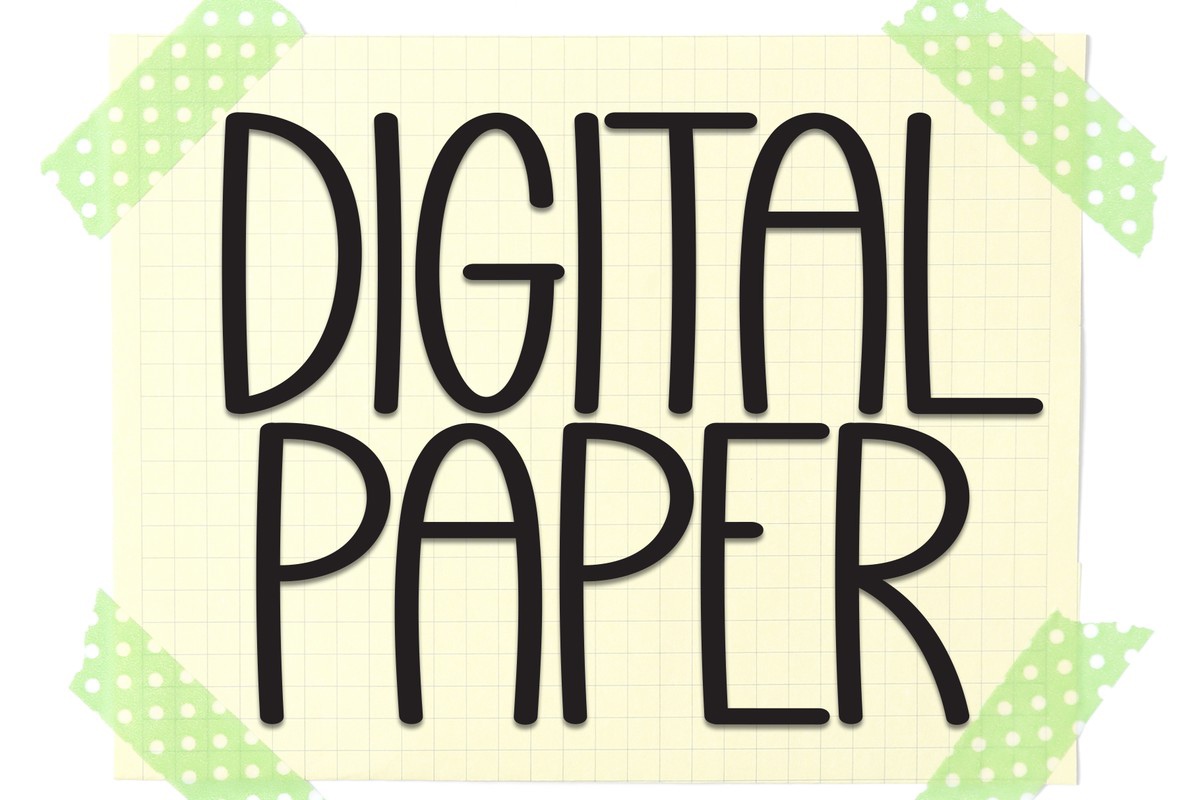

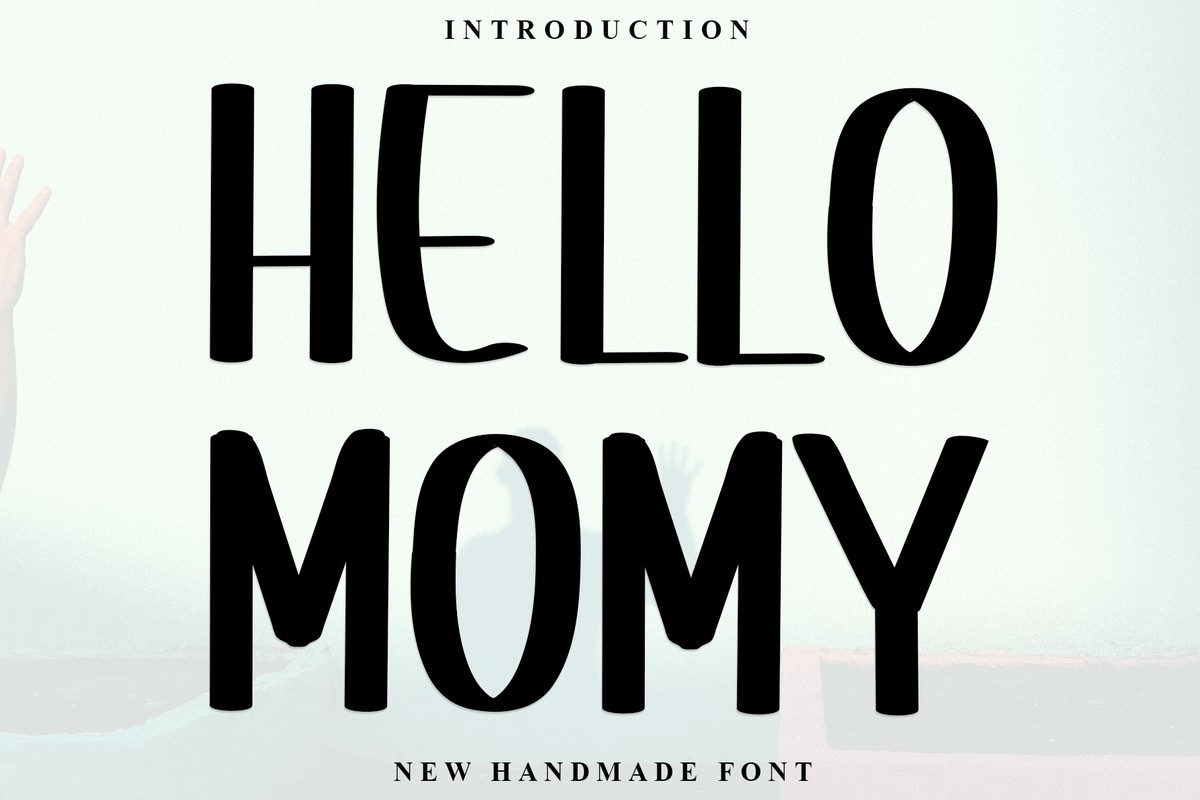
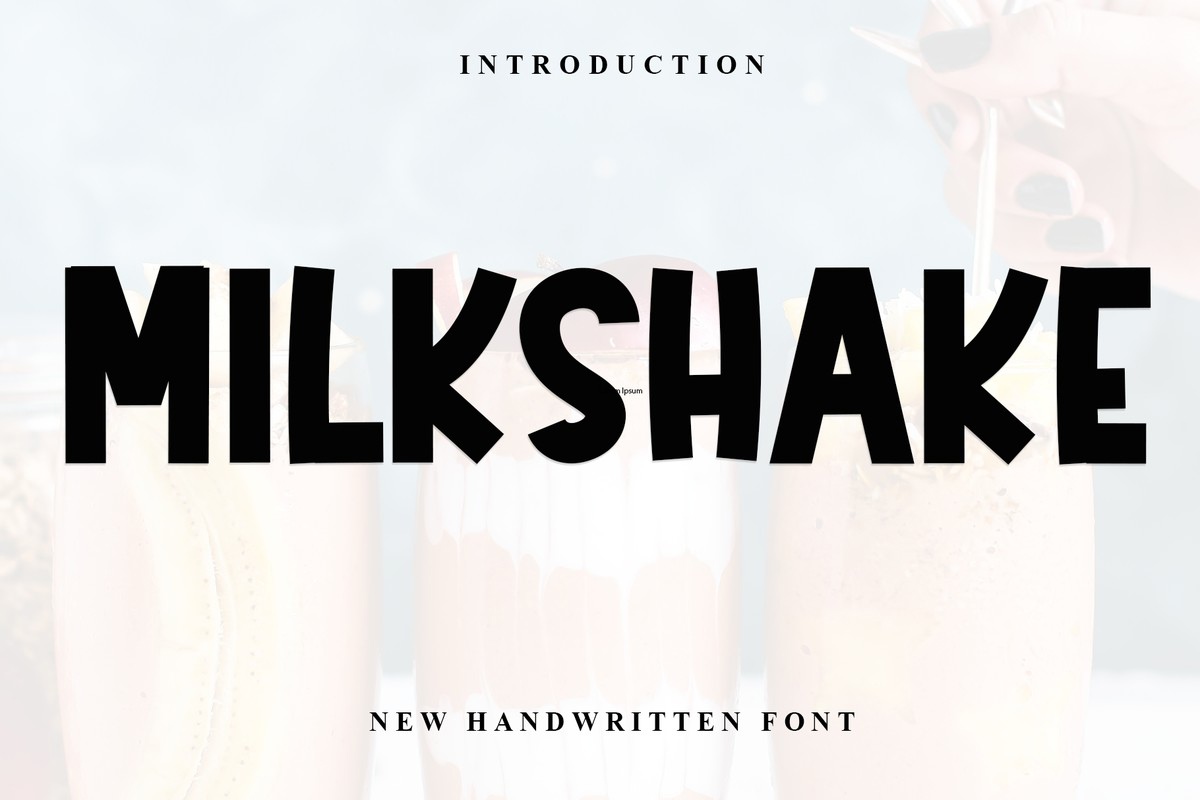
.jpg)


